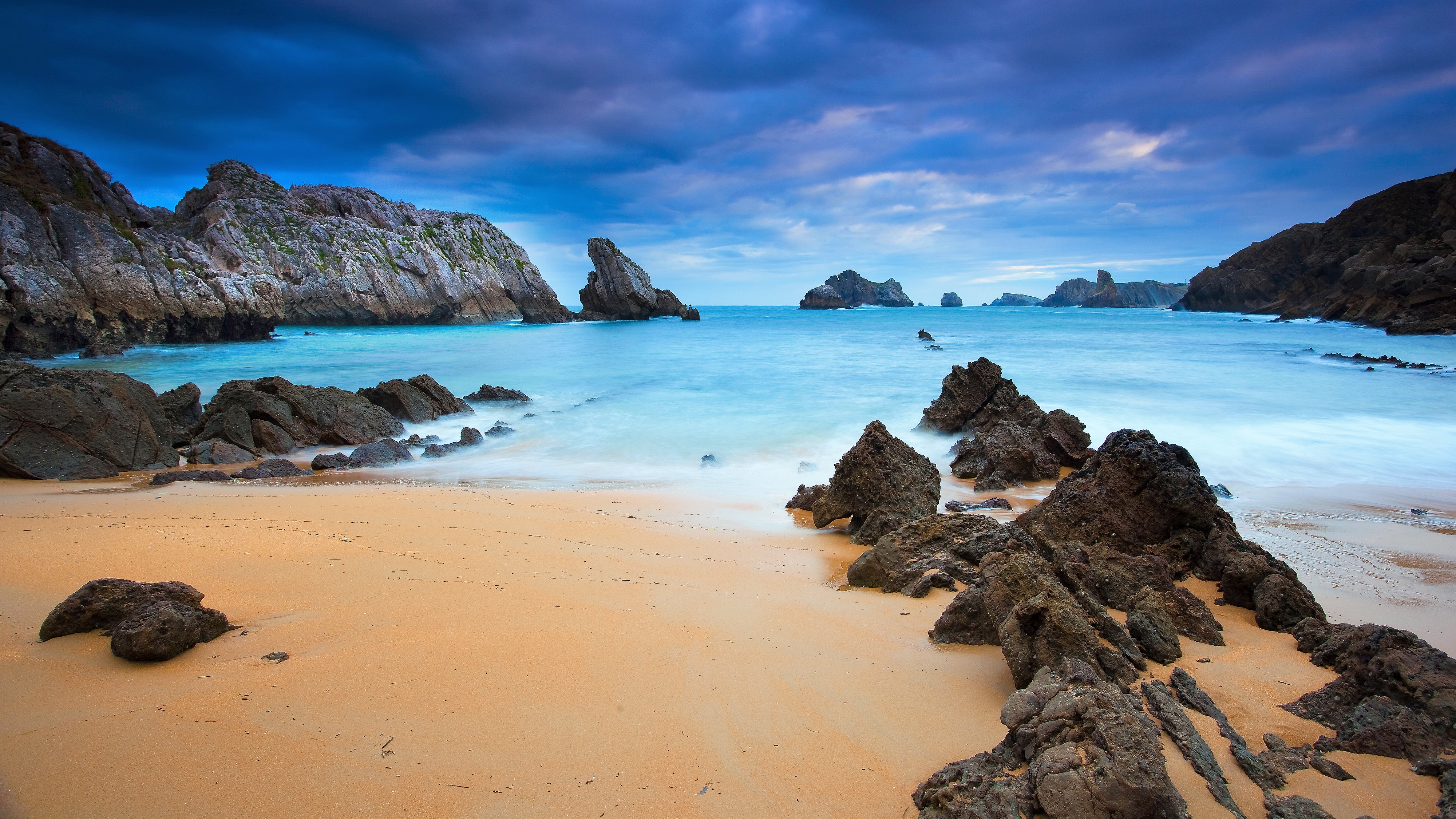

The tide table is often shared in a tabular format. In other areas, it can be quite stark.Ī tide table shows the daily predictions for the local time of low and high tides, as well as the height of those tides for a particular coastal area. In some areas, the difference between high and low tides may not be so noticeable. (In some places, such as the Gulf Coast, you may only get one high and one low tide per day.) The height difference between high tide and low tide is called the tidal range. Most coastal areas experience two high tides and two low tides every day and they may not be equal.

Tides are big periodic waves that move through the ocean in response to the gravitational attraction of the moon and the sun, according to the National Oceanic and Atmospheric Administration (NOAA). Tides are the daily rise and fall in surface water levels of bays, gulfs, inlets and oceans and vary depending on the day and location. If you’re backpacking on the coast, for example, you need to have a tide table (along with a topographic map) to know what time of day you can safely round a headland that can’t be passed at certain tide levels.

#Low tide ona beach how to#
Knowing how to read tide tables can also help keep you safe. Understanding tide heights and when high or low tides occur can help you decide the best time to explore tide pools, dig for clams, anchor your boat or beachcomb for shells. Whether you’re a coastal hiker, fisher or mariner, it’s important to know how to read a tide table for safe navigation. 378 Reviews 378 reviews with an average rating of 4.3 out of 5 stars


 0 kommentar(er)
0 kommentar(er)
